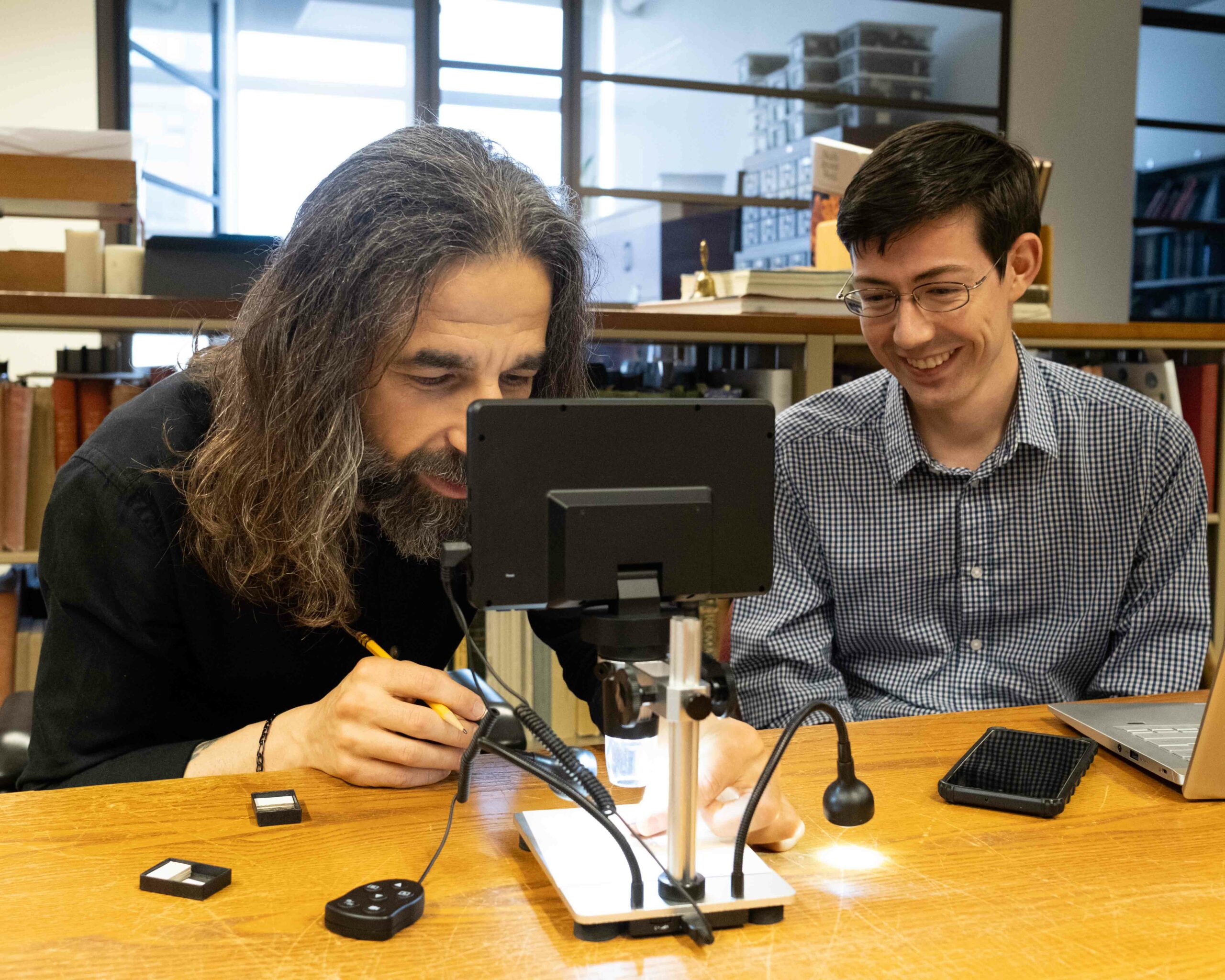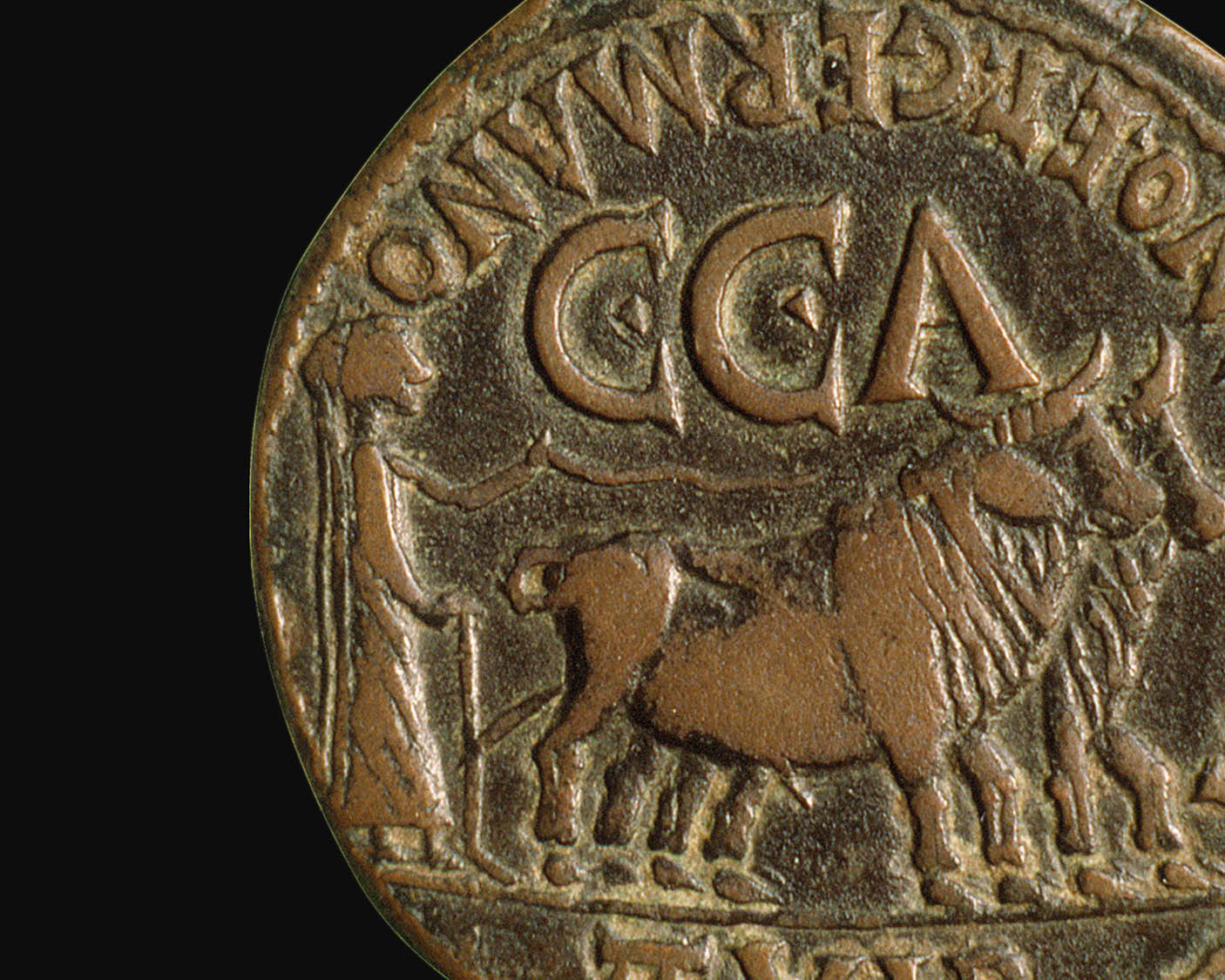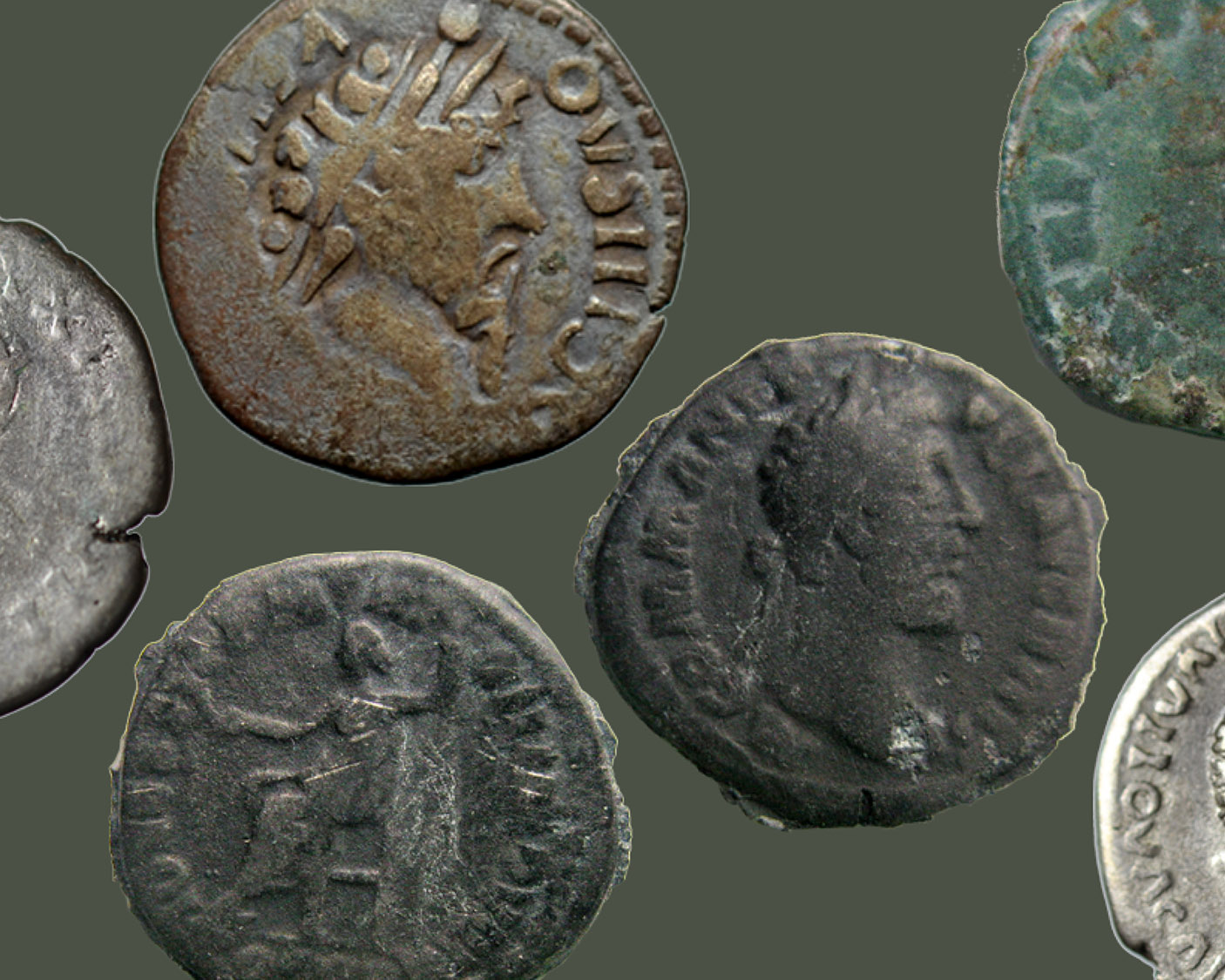the Augustus B. Sage Society Trip to Spain
by Mary N. Lannin
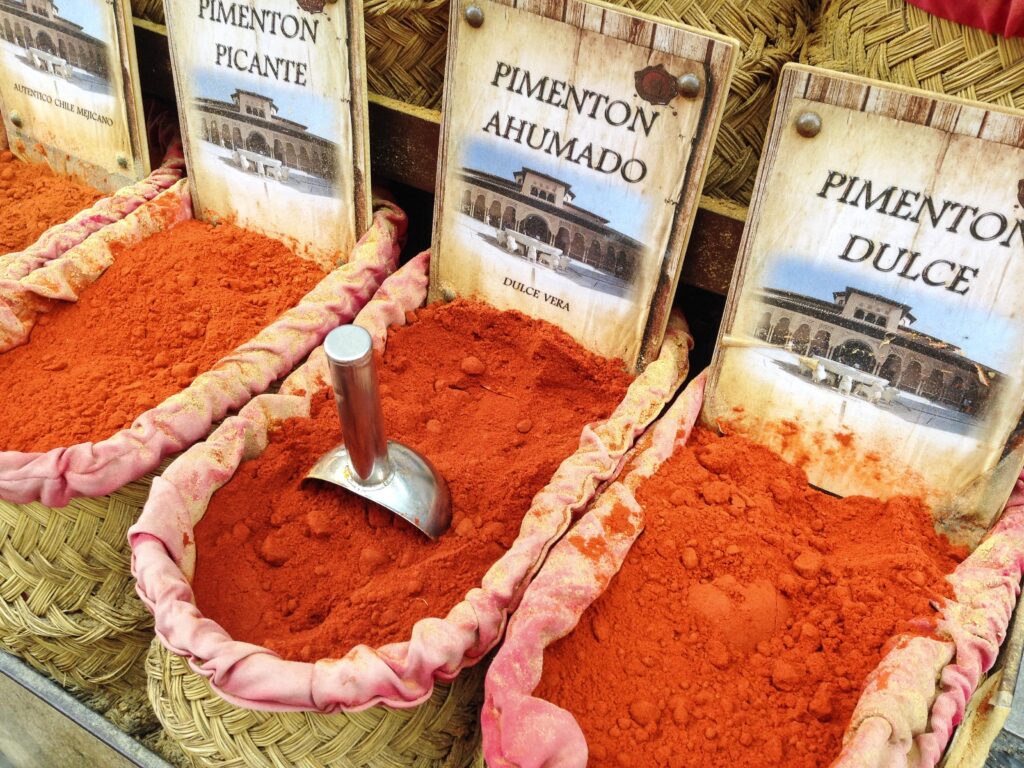
In September a group of Augustus B. Sage Society members went on a 10-day tour of Spain, traversing the country and visiting the beautiful cities of Madrid, Seville, Córdoba, Granada, Valencia, and Barcelona. Although our trip took place just before the dramatic events in Catalonia became daily headlines worldwide, the diversity and complexity of this nation were apparent to even the most casual observer—and were especially evident to those of us engaging with the artifacts of Spain’s magnificent museums.
As with many other Sage trips, our tour was greatly enhanced by the hospitality shown us during many wonderful private visits to numismatic and archeological collections that were arranged and guided by our gracious Spanish colleagues. Also as on other trips, our host country offered us great variety, not only in formative historical periods, beautiful architecture, and archaeological and numismatic treasures, but in wonderful food and wine.
On our first day in Madrid, the group met with Spanish colleague Paloma Otero Morán from the Department of Numismatics of the National Museum of Archaeology, who took us on a tour of her domain. The National Museum of Archaeology houses—along with stunning artifacts from prehistoric, Roman, and Islamic eras—one of the country’s best collections of coins, beginning with the earliest years of the Celtiberian people. Among the most fascinating in the museum’s collection were those included in the exhibition “La Moneda Algo Mas Que Dinero”—–“Coins, Much More Than Money.” Fittingly, Madrid is much more than museums, and after an afternoon tour of this beautiful city, we capped off our first day with a delicious and delightful dinner at Angelita, a lovely restaurant where we enjoyed innovative tapas and wines from as far away as the Canary Islands.
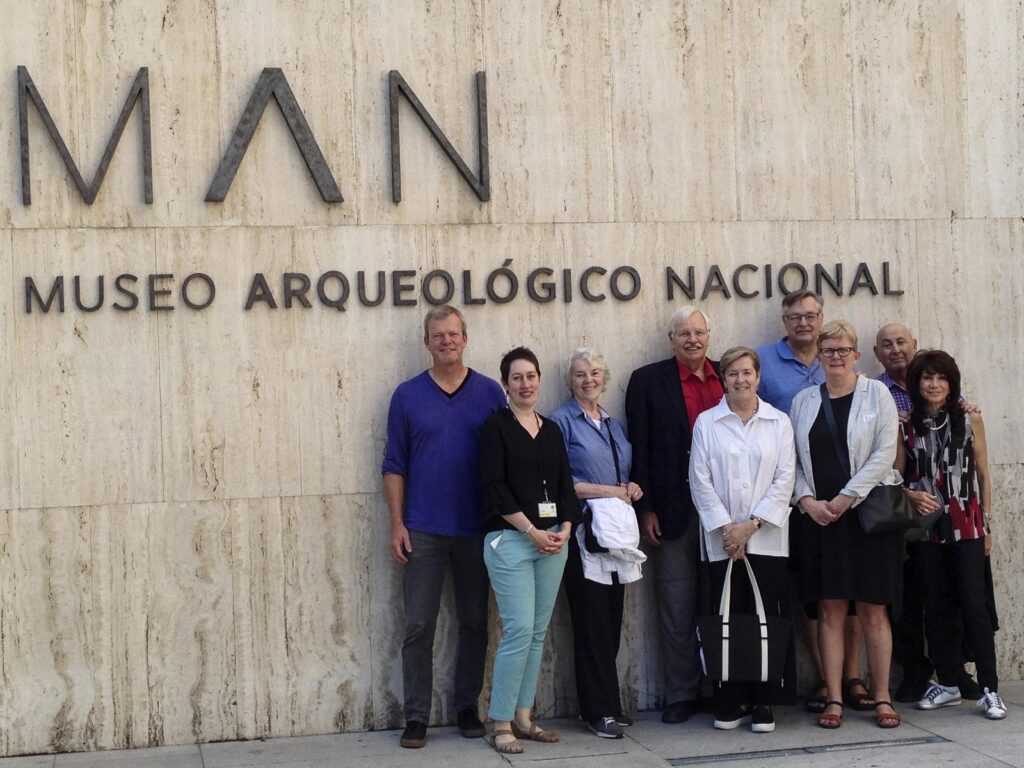
From Madrid, we took one of Spain’s enviable high-speed trains to Seville (the train is faster than a plane between the two cities), where we stayed at the magnificent Moorish-inspired Alfonso XIII Hotel, built by the King to host international dignitaries during the Ibero-American Exposition of 1929. Among our prime targets in the city was the Archaeological Museum, where we were met by Dr. Ana Navarro Ortego and Dr. Ruth Pliego, who gave us a quick presentation on the holdings from the Department of Prehistory and Archaeology at the University of Seville. Here we were entranced by the temporary display on the recent discovery of thousands of tetrarchic Roman coins found hidden inside 19 amphorae, unearthed last year by construction workers fixing water pipes in the town of Tomares outside Seville. The study of these 1,300 pounds of Roman coins—money that is believed to have been intended either to pay soldiers and civil servants or to pay imperial taxes—will require decades to analyze.
The next day we took time to explore the intriguing Moorish city, with its charming narrow streets, alleys, and plazas, and we made sure to include a visit to a local coin fair. We also visited the Royal Alcazars—the oldest Royal Palace still in use in Europe and a UNESCO Heritage of Mankind site. A cooling cruise on the beautiful River Guadalquivir, once the launching pad for conquistadors and today still the only navigable river in Spain, offered us another view of Seville. Our evening finished up with another example of Spain’s treasured heritage: a guitar and flamenco performance.
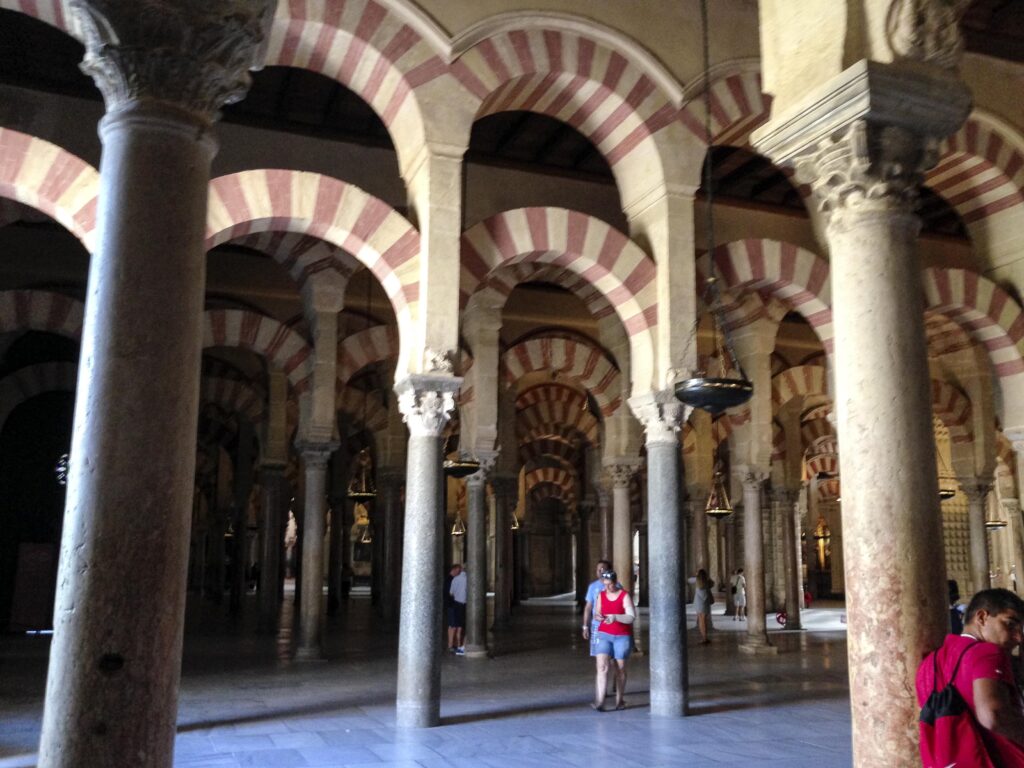
From Seville we headed to Granada, but first stopped to spend an afternoon exploring the magnificent Andalusian city of Córdoba. There we checked off another UNESCO World heritage site with our visit to the famous former Great Mosque (now a cathedral) with its labyrinth of columns. Taking advantage of sunny skies and warm weather, we spent some time walking around Córdoba’s famous “Patio” gardens and sampling gelato before continuing on to Granada, located at the foothills of the Sierra Nevada mountain range, where we had dinner with a nighttime view of the Alhambra in the background.
Granada is filled with winding streets, hidden gardens, and stunning architecture. The Alhambra is the most-visited site in all of Spain, and an extensive tour of the palace and fortress complex, followed by a cooling walk through the extensive gardens, gave our group some concrete sense of the Islamic core of Granada. This city was the last outpost of Moorish Spain, until the defeat of the Muslims by Ferdinand and Isabella in 1492, a denouement that ultimately brought to an end many centuries of Islamic and Jewish influences on the development of Spain—not the least of which affected thought in science, medicine, mathematics, and philosophy. Most of the city’s historical attractions are linked to the rich mixture of these cultures.
After two days in Granada, the group ventured on by bus to Valencia with a stop on the way in the city of Murcia, founded by the Moors in 825. Through the centuries Valencia has been renowned for its food—a reputation we confirmed with a walk through El Mercat, seeing mounds of pimenton—the famed smoked Spanish paprika—vats of olives, and a stunning selection of cheeses, meats, and shellfish. Valencia is also the home of paella, and our colleagues Manuel Gozalbes, Curator at the Museum of Prehistory of Valencia, and ANS past visiting scholar and friend Pere Pau Ripollès, Professor of Archaeology at the University of Valencia, organized the group for a dinner of the city’s signature dish.
The next day we visited the Archaeological Museum, which brings together pieces from the multi-stranded Roman, Visigoth, and Arab history of the city. There we met with Pere Paul Ripollès and Manuel Gozalbes, who heads the excellent numismatic cabinet at the museum, for a special tour of the “Historia dels Diners,” which focused on the monetary history of this magnificent country.
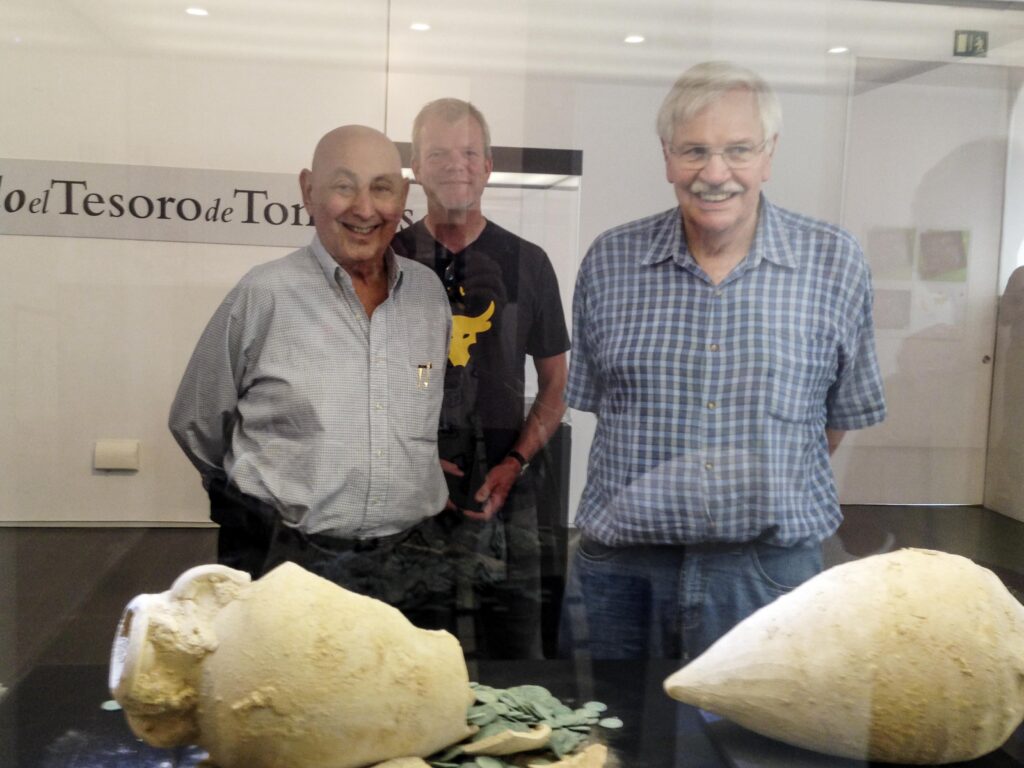
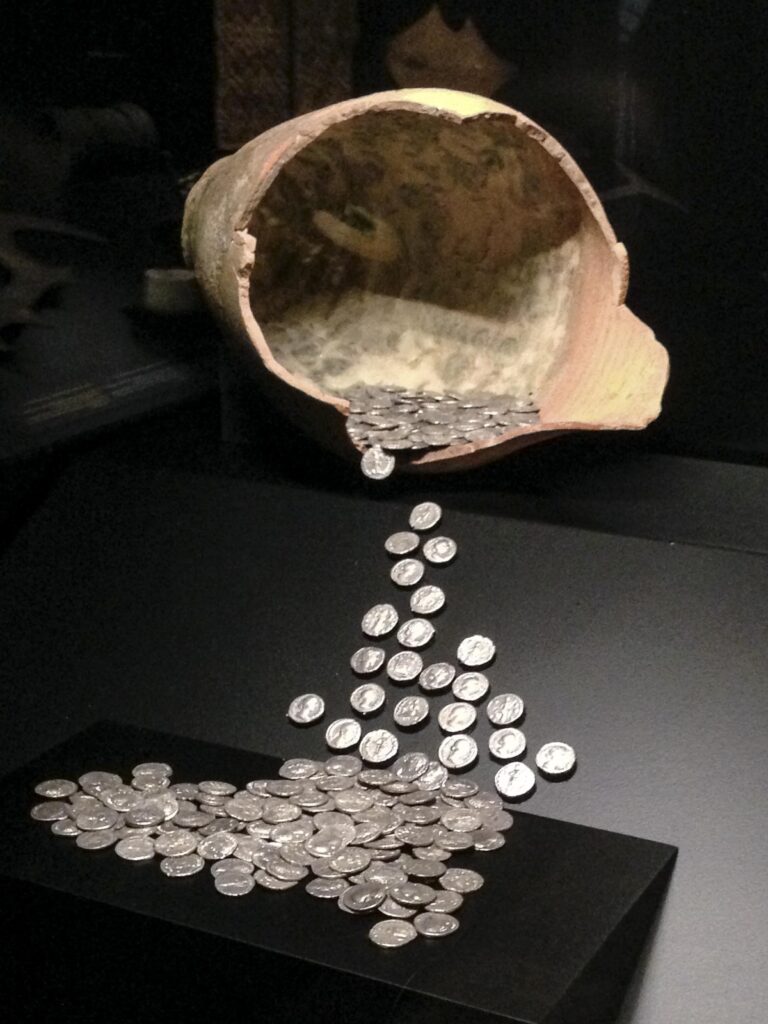
The trip finished up with three days in Barcelona, the modern, cosmopolitan heart of Catalonia, with its independent personality evident in the numerous flags hanging from balconies. During our stay in this enthralling city we had the good fortune to have a special “local” guide in the persons of ANS colleagues Robert and Imma Hoge, who reside part of the year in Barcelona. It is to Imma and Bob, ANS Curator Emeritus, that we owe special thanks, for they were the ones who helped us choose many of the details of our trip to Spain and facilitated many of our contacts there. They also arranged two wonderful dinners during our stay in Barcelona at the Royal Polo Club and La Venta.
Our stay was made especially wonderful when we met with Albert Estrada i Rius, head of the numismatic department at the National Museum of Catalan Art. He was a most gracious host, touring us around the world-renowned collection of Romanesque Art, made up of an exceptional set of mural paintings from the 11th–13th centuries, and offering us a selection of Spanish wines before viewing the wide display of Iberian, Roman, and Spanish coinage in the numismatic department.
Barcelona was a fitting endpoint to our tour—more than any other city in Spain, it offers not just a window on a fabulous, deep past but also on a mesmerizing more recent one—and with its complicated and ongoing relationship with the rest of Spain, perhaps it gives us a peek at Europe’s future as well.
No visit to Barcelona would be complete without visiting Antonio Gaudi’s Sagrada Familia church, where construction was begun in 1882 and is estimated to be finished in 2028. And a walk through Gaudi’s famous Parc Guell complex showcased his relentlessly fertile mind. Another of his many wonderful sites was the interior of Casa Milà, also called La Pedrera (“the stone quarry”), yet another UNESCO World Heritage Site, including the fantastic rooftop with its unusual sculptures and magnificent views.
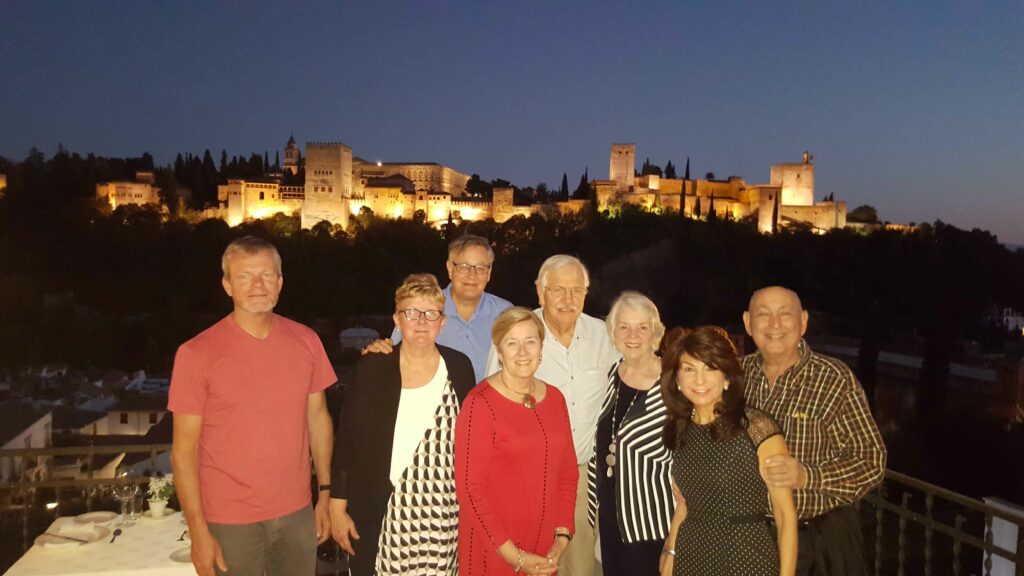
Spain’s “other” favorite son, Pablo Picasso, left a wide and varied body of work showcased in the Picasso Museum, located in the Gothic quarter. We walked along the winding streets with its cathedral and plazas filled with Barcelona’s Roman and medieval history. This is where Picasso lived when he came to Barcelona and where he began to associate with painters and intellectuals, from the bars to the brothel that inspired his famed revolutionary painting Les Demoiselles d’Avignon.
Another wonderful Sage trip has concluded, and we are all left with memories of coins, great food and wine, splendid vistas and palaces, but most of all with fond thoughts of good friends, both new and old.


